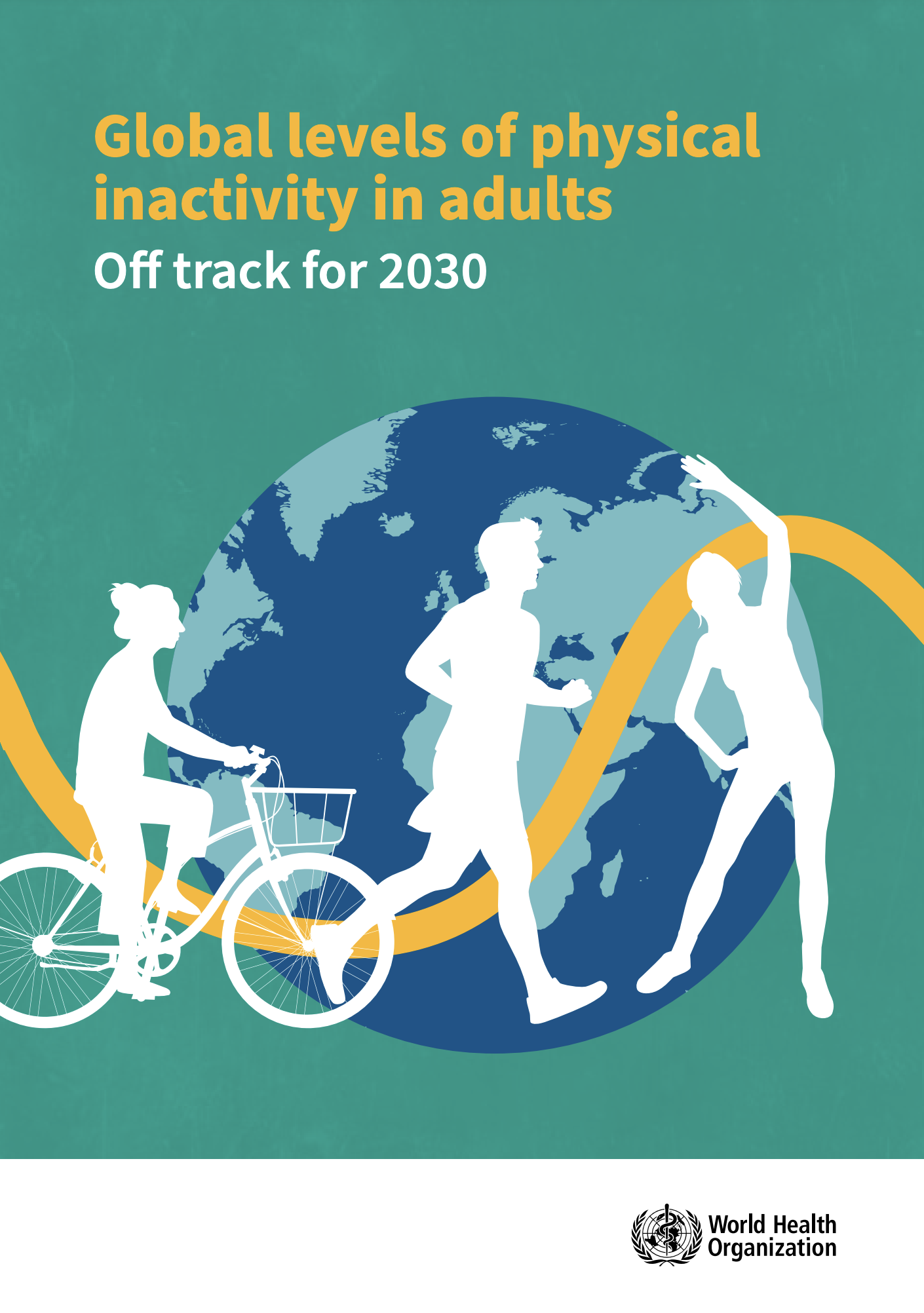[Resource] Global levels of physical inactivity in adults: off track for 2030

Click HERE to Access Knowledge
Overview
Regular physical activity can improve both mental and physical health in people of all ages and abilities. Conversely, too little physical activity increases the risk of noncommunicable diseases (NCDs) such as heart disease, stroke, cancer and diabetes – all leading causes of premature death. It is never too late to start being more active and the benefits are particularly important for healthy ageing and the management of chronic diseases. This report provides a summary of the main findings from the latest global assessment of levels of physical inactivity globally, regionally and by country in adult populations. These new comparable estimates are presented globally, and by six WHO regions, nine country groupings; four World Bank categories; and by age and sex for year 2022; and as trends from 2000. In addition, and for the first time, this analysis identifies which countries are estimated to be “on track” to achieve the 2030 target for reducing physical inactivity. The implications of these data for governments and stakeholders are presented as six key policy actions, each consistent with the WHO Global Action Plan on Physical Activity.
-
By
WHO | UN Decade on Ageing
-
Published
Jul 17, 2024
-
Subject Area
- Physical & Recreational Activity
-
Audience
- Academics
-
Category
- Research & Reports
Newsletter
Sign up for the Healthy Aging CORE Alberta e-news to keep up-to-date with activity from the platform and the Community-Based Seniors Services (CBSS) sector across the province.
